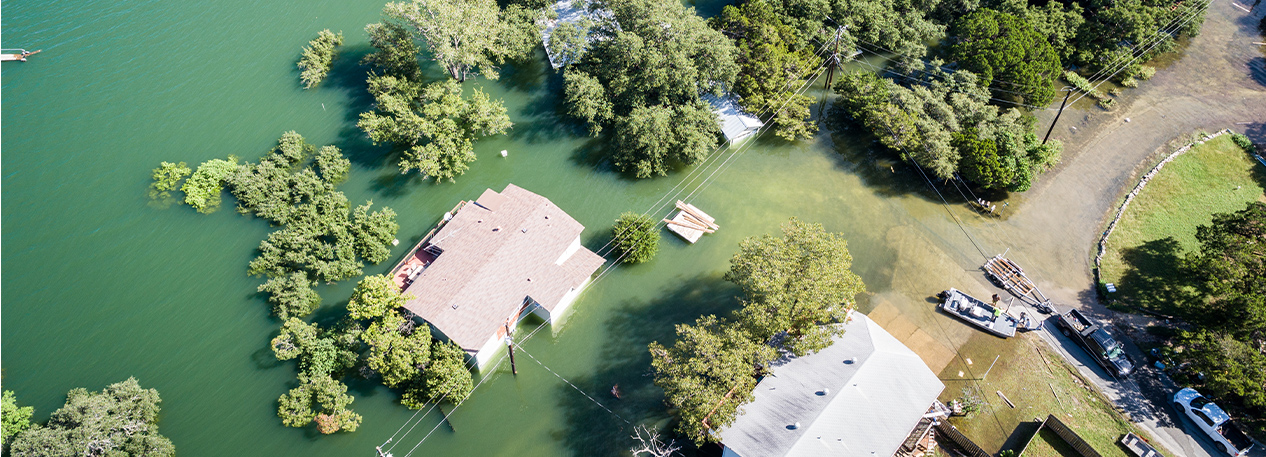This report examines flood exposure and risk in the Third Federal Reserve District states of Pennsylvania, New Jersey, and Delaware by neighborhood income level. The study is part of the Federal Reserve Bank of Philadelphia’s work to promote economic growth and financial stability in low- and moderate-income communities.
Among the study’s main findings:
- In noncoastal areas in the three states, low- and moderate-income neighborhoods face greater hazards when compared with middle- and upper-income communities. Properties in lower-income neighborhoods have a higher cumulative chance of flooding over a 30-year period (40.6 percent compared with 35.4 percent), a higher average annual expected loss per property ($1,037 compared with $780), and a greater share of high-risk properties (7.6 percent versus 6.8 percent).
- Properties in coastal areas in Third District states are at greater overall risk than noncoastal properties, regardless of income level. They are much more likely to experience flooding over a 30-year period when compared with noncoastal properties (90.1 percent vs 36.6 percent), have greater annual expected losses from flooding ($3,814 versus $838 per building), and have higher exposure and risks from future flooding (21.3 percent versus 7.0 percent).
- In coastal areas, over one in five properties in New Jersey and over one in seven in Delaware are designated as high risk as measured by a building’s combined future flood exposure and risk. While a majority of these properties are in higher-income neighborhoods, the heightened flood hazards in these areas poses danger to any lower-income households living in high-risk areas close to the shoreline.
The findings underscore the need for further research to understand how flood insurance programs can reduce exposure, losses, and disaster-related suffering from flooding for households in low- and moderate-income communities. The report may be of interest to policymakers who are developing targeted disaster and climate-risk preparedness plans. Programs that are proactive in preparing low- and moderate-income communities for flooding could help these communities mitigate future impacts.
View the Full Report